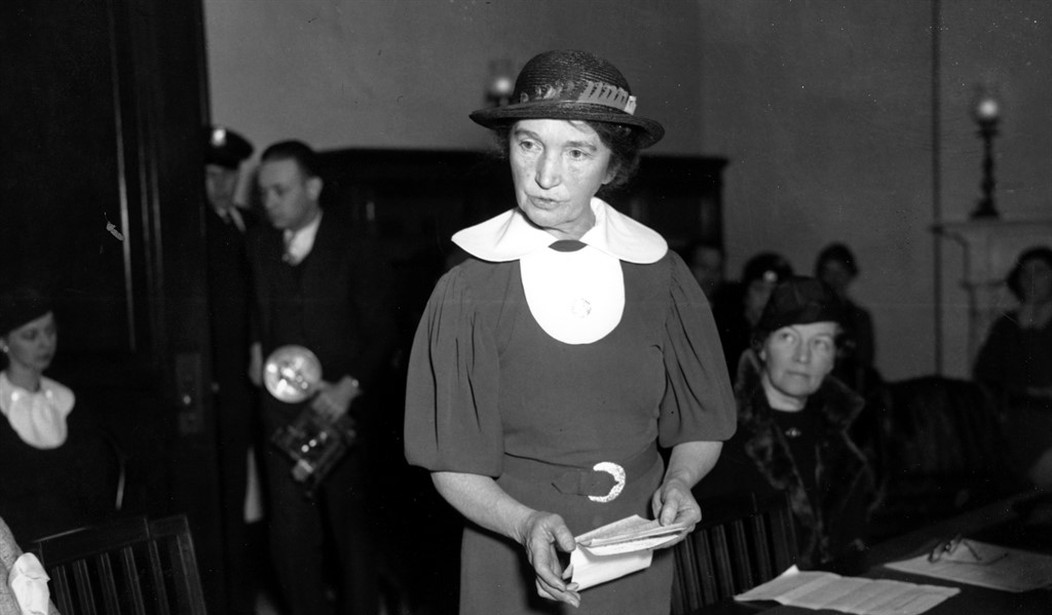Michael Crichton pointed out that two 20th century scientific theories, eugenics and Lysenkoism, were broadly accepted by the expert community not because they predicted anything accurately but as a result of becoming too politically prestigious to dispute. From michaelcrichton.com:
Imagine that there is a new scientific theory that warns of an impending crisis, and points to a way out.
This theory quickly draws support from leading scientists, politicians and celebrities around the world. Research is funded by distinguished philanthropies, and carried out at prestigious universities. The crisis is reported frequently in the media. The science is taught in college and high school classrooms.
I don’t mean global warming. I’m talking about another theory, which rose to prominence a century ago.
Its supporters included Theodore Roosevelt, Woodrow Wilson, and Winston Churchill. It was approved by Supreme Court justices Oliver Wendell Holmes and Louis Brandeis, who ruled in its favor. The famous names who supported it included Alexander Graham Bell, inventor of the telephone; activist Margaret Sanger; botanist Luther Burbank; Leland Stanford, founder of Stanford University; the novelist H. G. Wells; the playwright George Bernard Shaw; and hundreds of others. Nobel Prize winners gave support. Research was backed by the Carnegie and Rockefeller Foundations. The Cold Springs Harbor Institute was built to carry out this research, but important work was also done at Harvard, Yale, Princeton, Stanford and Johns Hopkins. Legislation to address the crisis was passed in states from New York to California.
These efforts had the support of the National Academy of Sciences, the American Medical Association, and the National Research Council. It was said that if Jesus were alive, he would have supported this effort.
All in all, the research, legislation and molding of public opinion surrounding the theory went on for almost half a century. Those who opposed the theory were shouted down and called reactionary, blind to reality, or just plain ignorant. But in hindsight, what is surprising is that so few people objected.
Today, we know that this famous theory that gained so much support was actually pseudoscience. The crisis it claimed was nonexistent. And the actions taken in the name of theory were morally and criminally wrong. Ultimately, they led to the deaths of millions of people.
The history of eugenics was so embarrassing that by collective consent it was swept under the media rug. Crichton continues: “After World War II, nobody was a eugenicist, and nobody had ever been a eugenicist. Biographers of the celebrated and the powerful did not dwell on the attractions of this philosophy to their subjects, and sometimes did not mention it at all. Eugenics ceased to be a subject for college classrooms, although some argue that its ideas continue to have currency in disguised form.”
But in retrospect, three points stand out. First, despite the construction of Cold Springs Harbor Laboratory, despite the efforts of universities and the pleadings of lawyers, there was no scientific basis for eugenics. In fact, nobody at that time knew what a gene really was. The movement was able to proceed because it employed vague terms never rigorously defined. “Feeble-mindedness” could mean anything from poverty to illiteracy to epilepsy. Similarly, there was no clear definition of “degenerate” or “unfit.”
Second, the eugenics movement was really a social program masquerading as a scientific one. What drove it was concern about immigration and racism and undesirable people moving into one’s neighborhood or country. Once again, vague terminology helped conceal what was really going on.
Third, and most distressing, the scientific establishment in both the United States and Germany did not mount any sustained protest. Quite the contrary. In Germany scientists quickly fell into line with the program. Modern German researchers have gone back to review Nazi documents from the 1930s. They expected to find directives telling scientists what research should be done. But none were necessary. In the words of Ute Deichman, “Scientists, including those who were not members of the [Nazi] party, helped to get funding for their work through their modified behavior and direct cooperation with the state.” Deichman speaks of the “active role of scientists themselves in regard to Nazi race policy … where [research] was aimed at confirming the racial doctrine … no external pressure can be documented.” German scientists adjusted their research interests to the new policies. And those few who did not adjust disappeared.
As for Lysenkoism, it had government backing. It could never happen again. Or could it? A list of superseded scientific theories from Wikipedia may make us wonder.
Books: Lifespan: Why We Age – and Why We Don’t Have To Dr. David Sinclair reveals that everything we think we know about ageing is wrong, and shares the surprising, scientifically-proven methods that can help readers live younger, longer.
Follow Richard Fernandez at Wretchard.com










Join the conversation as a VIP Member